Posted on 10/31/2025
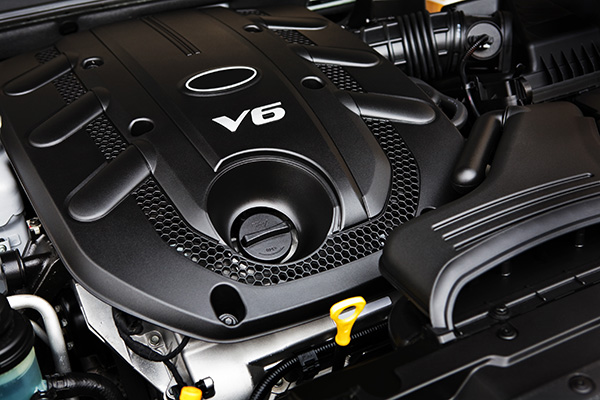
When your car starts making unusual sounds, it’s usually not just being quirky. Strange noises are your vehicle’s way of telling you that something isn't working the way it should. Ignoring them could lead to bigger, more expensive repairs or even safety risks down the line. That’s why it’s important to know what to listen for and what those sounds might mean. Here are five car noises you shouldn’t ignore, and what might be causing them. 1. Squealing or Screeching While Braking If you hear a high-pitched squeal every time you press the brake pedal, it likely means your brake pads are worn down. Most brake pads have a built-in wear indicator that makes this noise when the material gets thin. In some cases, the squeal may also come from a glazed rotor surface or low-quality brake parts. Either way, this is a warning you don’t want to overlook. Letting your brake pads wear too far can lead to metal-on-metal contact, damaging you ... read more
Posted on 9/26/2025
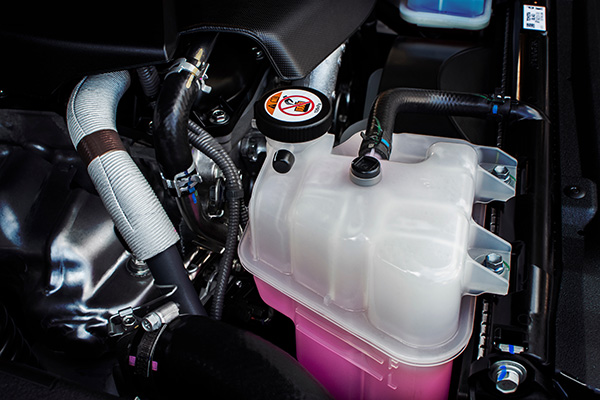
It’s easy to be skeptical of automotive services that aren’t part of your regular routine. Oil changes make sense. Brake jobs are obviously important. But what about a coolant flush? If your engine isn’t overheating and there are no warning lights on your dashboard, is this service really necessary, or is it just something a mechanic suggests to pad your invoice? The truth is, coolant flushes are a vital part of vehicle maintenance. They protect your engine from long-term damage and help prevent breakdowns, especially in places like Georgia, where high summer heat and humidity can put extra stress on your vehicle. What Coolant Does Coolant, also known as antifreeze, is a specially formulated liquid that regulates your engine’s temperature. It flows through your engine, pulling heat away and carrying it to the radiator, where it&rsqu ... read more
Posted on 8/29/2025
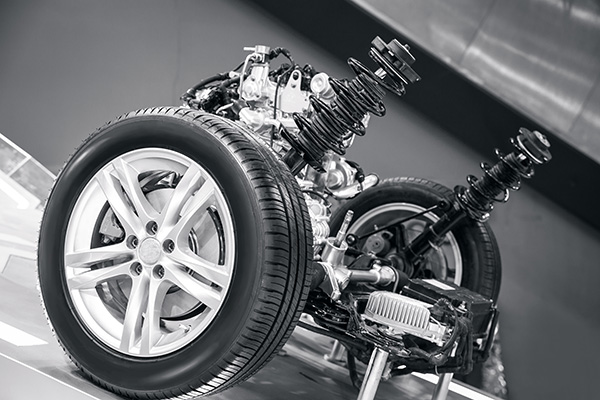
Your vehicle’s shocks and struts are key components of the suspension system. They are designed to keep your tires in contact with the road, absorb bumps, and maintain control while driving. When they wear out, your vehicle’s handling, safety, and comfort are all affected. Because shocks and struts wear down gradually, many drivers do not notice the problem until it becomes serious. Understanding their role and the signs of wear will help you stay ahead of costly repairs and avoid unsafe driving conditions. The Role of Shocks and Struts Shocks and struts serve similar purposes but are built differently. Shocks are separate components that work with other suspension parts to control movement. Struts combine the shock absorber and structural support into one unit, playing a larger role in the vehicle’s suspension geometry. Both help control the motion of the springs, keeping your tires firmly on the road surface. Without them, your car would bounce ... read more
Posted on 7/25/2025
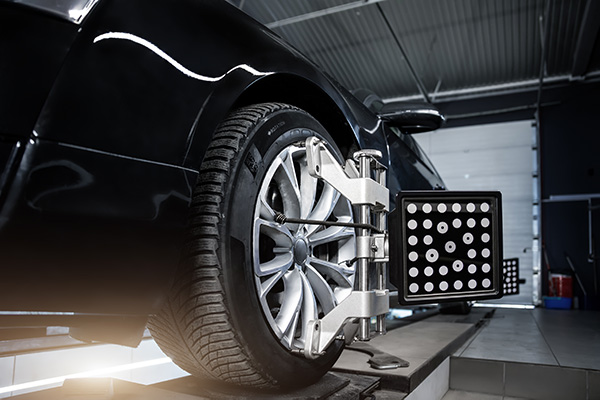
If you've ever noticed your car pulling to one side or requiring constant correction to stay straight, it’s more than just an annoyance — it can be a sign of underlying mechanical issues that affect safety and performance. While driving straight should feel effortless, several problems can cause your vehicle to drift or pull. Knowing about these causes and addressing them promptly is crucial to ensure your vehicle handles as it should and keeps you safe on the road. Wheel Alignment Problems The most common reason a car won’t drive straight is poor wheel alignment. Alignment involves adjusting the angles of your wheels so they’re set to the manufacturer’s specifications. When alignment is off, your tires point in slightly different directions, causing the vehicle to pull left or right. Misalignment often results from hitting potholes, curbs, or driving over rough roads. In addition to pulling, misalignment can cause uneven tire wear ... read more
Posted on 6/27/2025
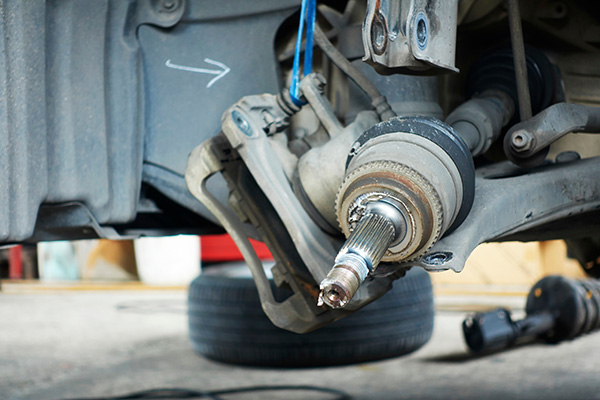
When you think about the parts that keep your car moving, you probably picture the engine and the transmission. But one of the most essential components in transferring power to your wheels, especially in front-wheel-drive and many all-wheel-drive vehicles, is the CV joint. Short for a “constant velocity” joint, this critical part ensures your wheels get consistent power while allowing for smooth movement as the suspension travels and the wheels turn. Unfortunately, CV joints don’t last forever. When they begin to fail, they can cause serious drivability issues and lead to further damage if ignored. What Does a CV Joint Do In Your Vehicle The CV joint sits at each end of the axle shaft, connecting it to the wheel and transmission. Its job is to maintain even torque while the suspension moves and the wheels turn. Without it, your car wouldn’t be able to maintain power to the wheels during cornering or while going over bumps. To protect the jo ... read more